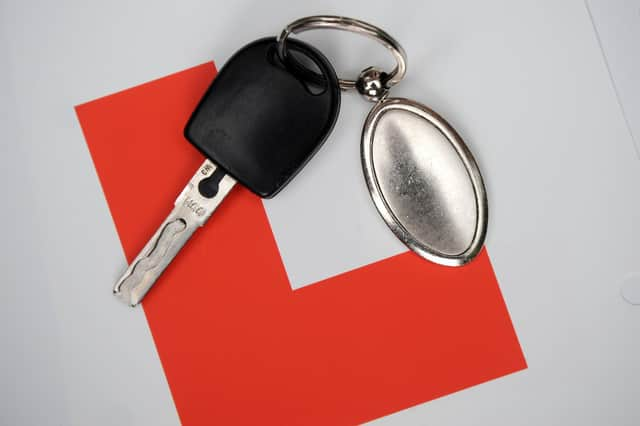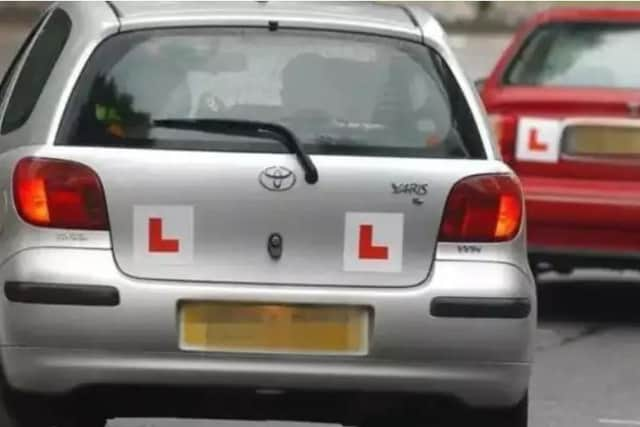Experts reveal the mistakes that 52% of people make to fail their driving test, and how you could avoid them


Research by insurance broker onesureinsurance.co.uk analysed DVSA data to find the most common faults that led to a failed driving test.
On driving tests learners can have up to 15 minor faults, but no serious or dangerous faults at all.
Advertisement
Hide AdAdvertisement
Hide AdExperts have provided advice on how learners can prepare to ensure they avoid making these serious mistakes on their driving tests.
1 – Junctions (Observations)
Observations at junctions are the number 1 cause of failed driving tests.
When approaching roundabouts, crossroads and other junctions, instructors are looking for clear and obvious observations left and right, with plenty of time, to assess other road user's speeds and positions.
This includes slip roads joining dual carriageways; drivers must give way to oncoming traffic and ensure it's safe to join the road.
Advertisement
Hide AdAdvertisement
Hide Ad2 – Mirrors (Changing direction)
Using mirrors is one of the most important elements of driving as you need to be aware of everything behind and to the side of you as well as in front of you, because of this it’s also something people fail tests for often.
Learners need to develop good habits, and rather than feeling confident it is clear, double-checking mirrors at all times so that it becomes second nature in a test.
Checking mirrors at a roundabout is a specific location people often forget, either when changing lanes or exiting its necessary to check your left and rear mirrors.
3 – Moving off (Safely)
You must be able to move off safely either from a roadside, on a slope or hill or from behind parked cars.
Advertisement
Hide AdAdvertisement
Hide AdWhen moving off it's definitely best to have a routine, some people find that going from left to right, left blind spot, left mirror, rear, right mirror and then right blind spot, can help them to remember to check everything and ensure it's safe to pull out.
Some may also double-check the blind spots one last time just to display to the examiner they have definitely made sure it's safe.
It's vital to ensure that when moving off there are no oncoming cars from behind or both directions if you are pulling off from a ‘pull up on the right’ manoeuvre.


4 – Junctions (Turning right)
This fault can include turning right at a roundabout and being in the left lane.
Advertisement
Hide AdAdvertisement
Hide AdIn this case, learners should follow through and either turn left or go straight over.
Any attempt to merge into the right lane could potentially lead to a serious fault, however, going in the wrong direction a few times is absolutely fine and you can still pass.
Other faults could be positioning to far left when wanting to turn right. As a rule of thumb if you’re turning right, stay as far right as is safe to do so.
